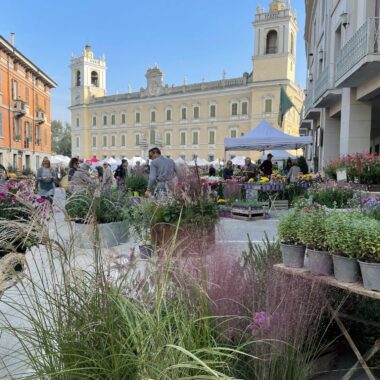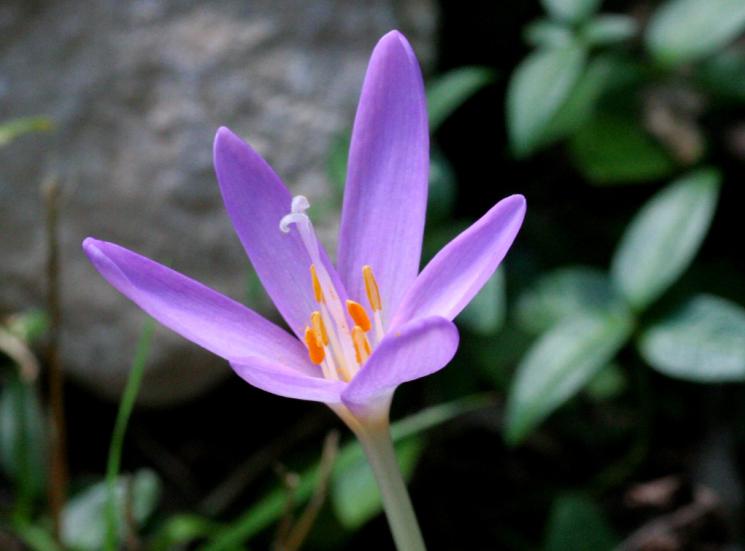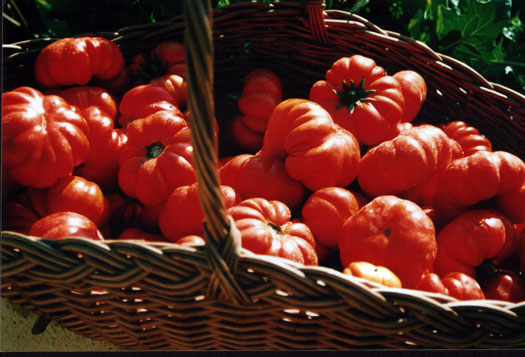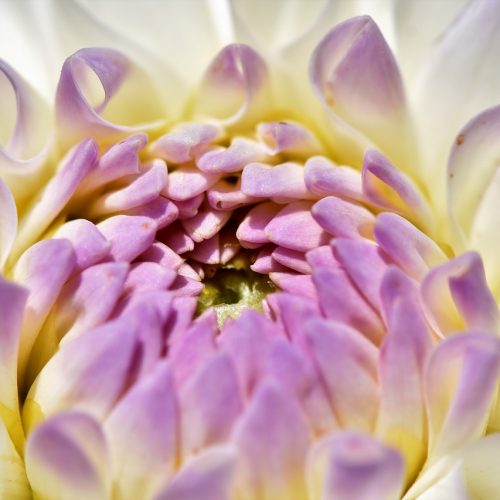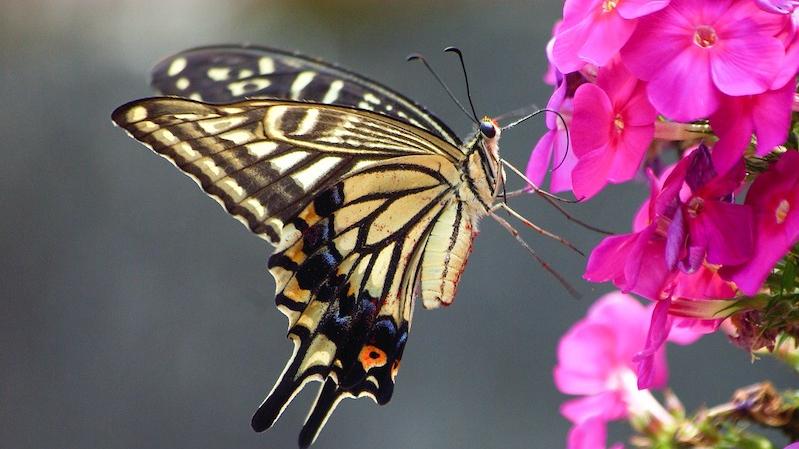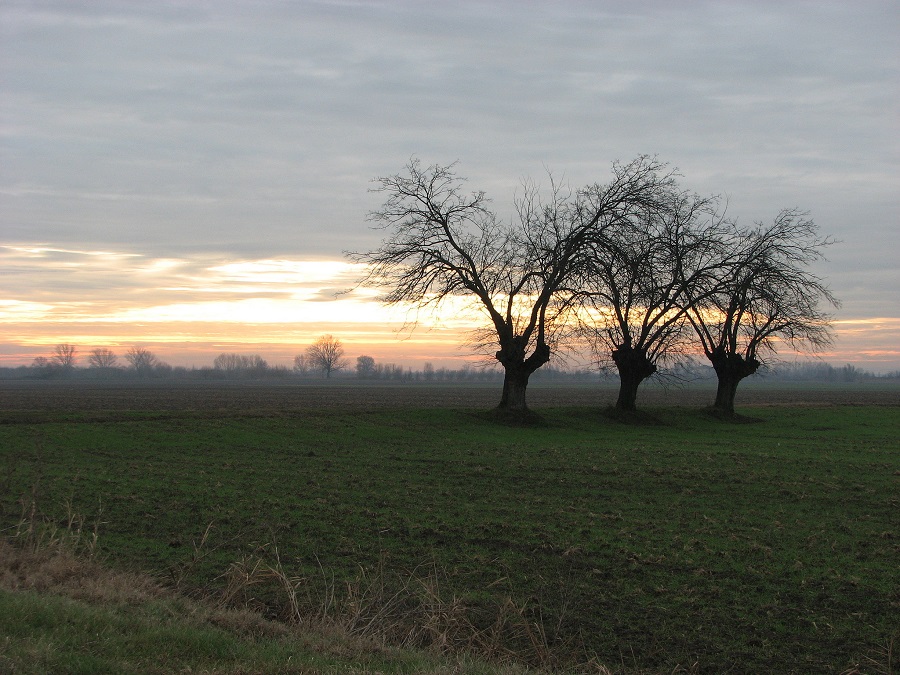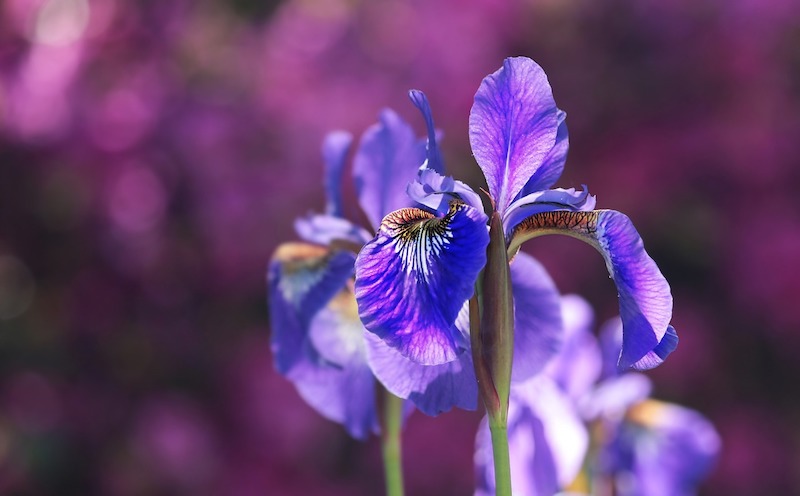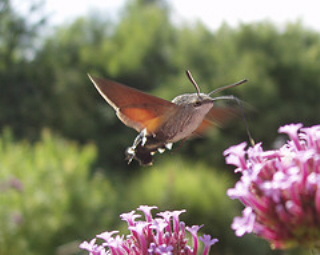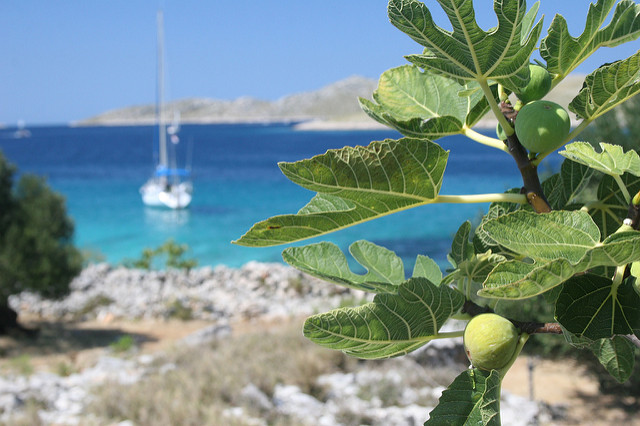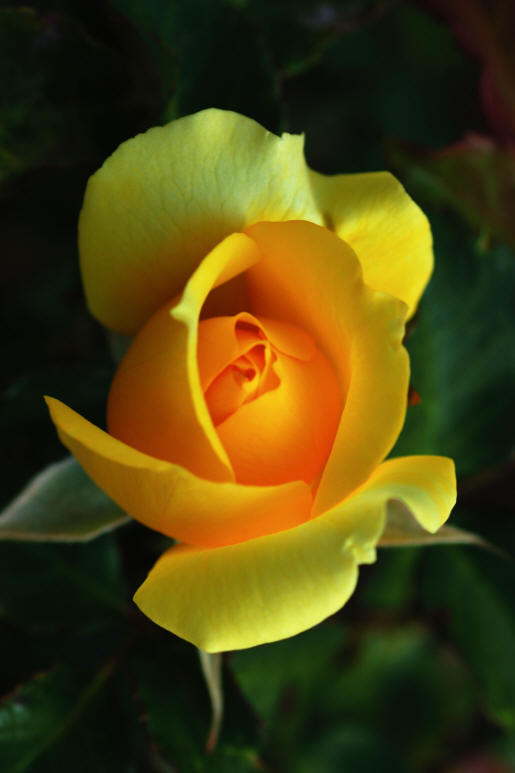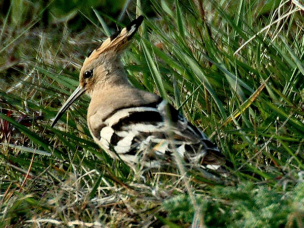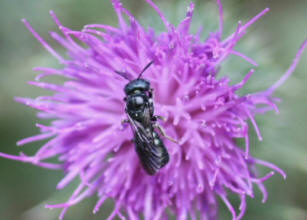A Fine Grey-leaved Plant for Italian Gardens
Feijoa sellowiana or Acca sellowiana, also known as the ‘Pineapple
guava’ is an evergreen shrub or small tree that can grow to a maximum
height of 6m in the right conditions. Although fully hardy, it does
require full sun and long, hot summers to mature fully and produce it’s
egg-shaped, edible fruits. It has grey-green leaves with a white, downy
underside, which can become an attractive feature on windy days when
the underside is revealed.
In summer it bears ornamental, white
flowers with long stamens, formed in dense bunches in the middle of
the flower. It can be maintained in a spherical form by annual spring
pruning and provides a pleasant silver-grey element within an Italian
garden planting scheme.
Feijoa prefers poor, well-drained soil and thrives in full sun, preferably
against a warm wall. It is an unusual and original addition to the Italian
garden, as it is not used as much as it should be and will surely create
interest. It’s unusual green, egg-shaped fruits are a definite curiosity
but they will not ripen unless the plant experiences a long warm summer,
therefore the warmest, most sheltered position should be chosen in the
garden for this plant.
The fruit contains a sweet pulp that is also used as an exfoliant
in the cosmetics industry. The fruit has an unusual aroma, caused by
an esther present in the pulp and this has been used in the flavoring
of vodka and yoghurt. The fruit of the Feijoa remains green even when
mature but can be harvested when it is soft and begins falling from
the plant in late autumn.
The grey foliage of the Feijoa provides a great, Mediterranean feel
to any border and this plant can be combined with other grey-leaved
plants to provide a harmonious backdrop for pastel colours, particularly
soft pinks, mauves and blues. There are few plants that provide the
Italian garden designer with such a large grey-green shrub and the fruits
are an added bonus that make this an unusual and fun plant to grow in
the Italian style garden.
By Jonathan Radford









